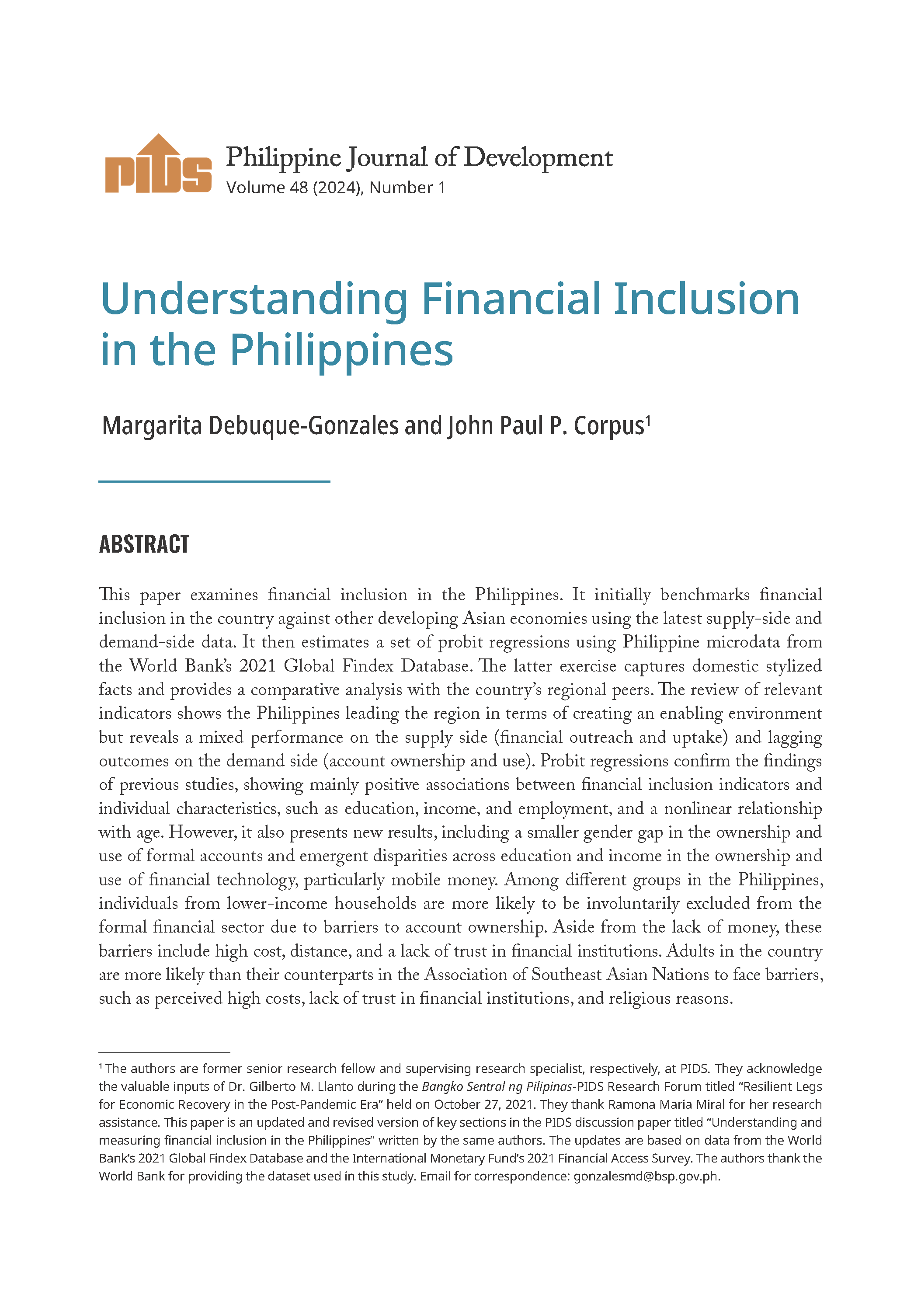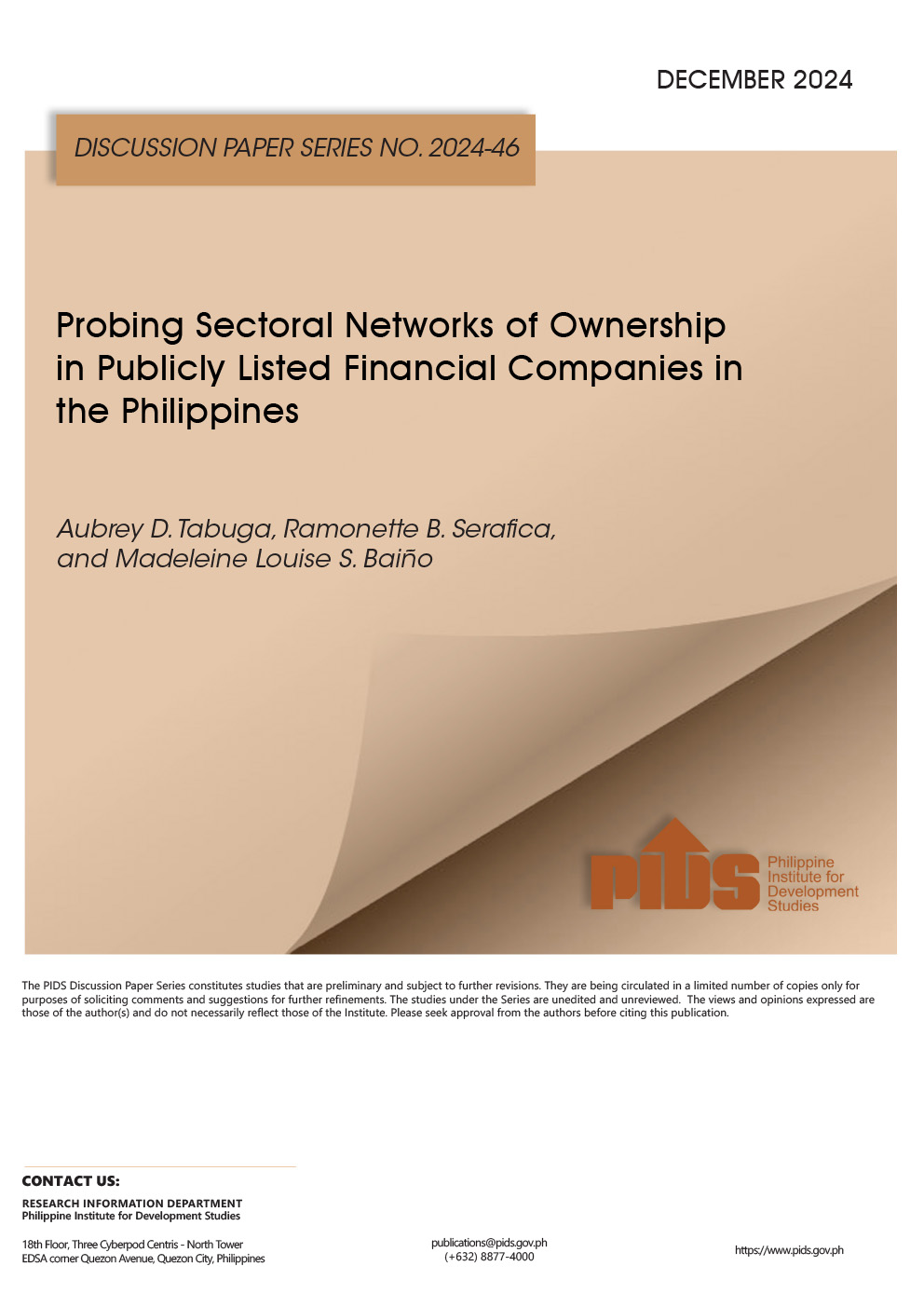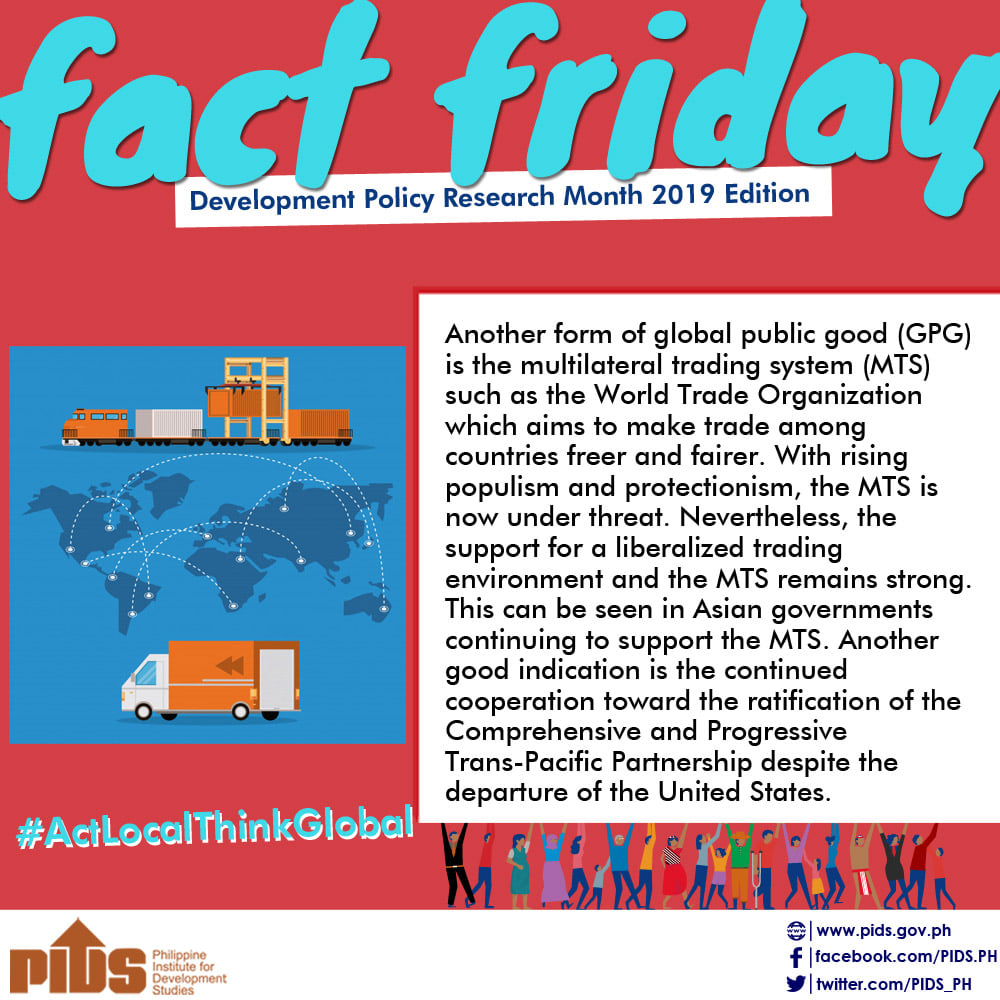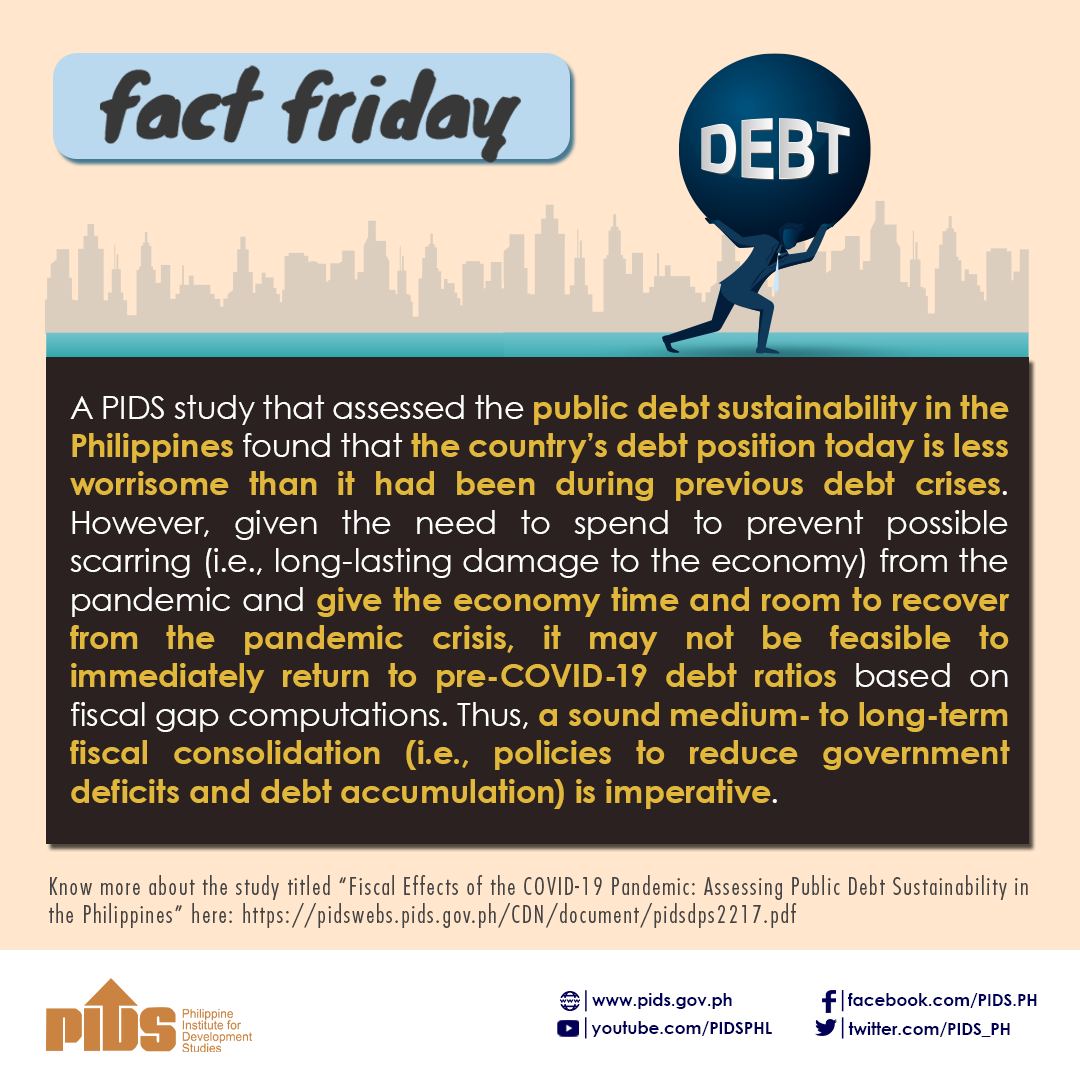End-Feb debt stock up 1.96% on-month, up 9.57% on-yr
The national government’s outstanding debt has reached P16.632 trillion as of end-February 2025, driven higher by new borrowings from domestic and foreign lenders, the Bureau of the Treasury (BTr) said on Tuesday.
The newly reported government debt level was up 1.96 percent month-on-month and up 9.57 percent year-on-year.
In a statement, the BTr said the month-on-month increase was driven by the net issuance of new domestic and external debt to support more public programs and projects.
“Nevertheless, the increase was partially offset by the strengthening of the peso against the US dollar, which appreciated from P58.375 at the end of January to P57.990 at the end of February, helping manage foreign debt obligations,” the BTr said.
In January this year, the government’s debt stock reached more than P16.313 trillion, surging from P15.179 trillion at end-January 2024.
Domestic, foreign loans
Domestic borrowings accounted for the bigger chunk of the national government’s debt, or 67.5 percent of its total obligations.
In contrast, foreign borrowings comprised 32.5 percent of the total debt.
“This financing mix reflects a prudent approach to debt management to help mitigate exposure to external risks while taking advantage of the country’s liquid domestic market,” the BTr said.
According to the BTr, the level of domestic debt reached P11.224 trillion as of end-February 2025, indicating a 1.26 percent increase from P11.084 trillion a month earlier.
This was mainly due to the P140.72 billion in net domestic financing, since the government issued P268.25 billion worth of securities which exceeded the total redemptions of P127.53 billion for the month.
“Nevertheless, the peso’s appreciation against the US dollar contributed to a P1.1 billion reduction in the overall domestic debt valuation, helping temper the increase,” the BTr said.
Year-on-year, the local debt stock in February ballooned by 6.12 percent from P10.577 trillion.
On the other hand, the national government’s external debt stood at P5.408 trillion as of end-February 2025, reflecting a 3.44 percent increase from P5.229 trillion in January.
“This was attributed to the net availment of foreign borrowings amounting to P193.71 billion and the P20.41 billion net appreciation effect on third-currency-denominated debt,” the BTr said.
“However, these factors were partially offset by a P34.48 billion reduction due to the peso appreciation against the US dollar,” it added.
The national government secured a total of P197.3 billion in external financing, including P190.82 billion through a triple-tranche global bond issuance of 10- and 25-year US dollar bonds, 25-year euro bonds and P6.48 billion in project loans.
“The project loans were used on rail projects through the Japan International Cooperation Agency (P3.86 billion), physical connectivity and health sector interventions in partnership with Asian Development Bank (P1.71 billion), and agricultural and health sector programs assisted by the International Bank for Reconstruction and Development (P0.91 billion),” the BTr said.
The outstanding external debt surged 17.52 percent from P4.602 trillion in February 2024.
Climbing to new highs
Michael Ricafort, Rizal Commercial Banking Corp. chief economist, told Malaya Business Insight the outstanding debt could go to new record highs in the coming months as the national government incurred additional debts in the early part of the year.
Ricafort said there is also a need to hedge both local and foreign borrowings of the national government in view of the “Trump factor” that has been causing volatility in the global financial markets since October 2024.
US President Donald Trump’s proposed higher tariffs on US imports, reciprocal tariffs and other protectionist measures could stimulate an inflation spike in America which, in turn, could lead to fewer Fed rate cuts, and prompt the Bangko Sentral ng Pilipinas to follow suit, Ricafort said.
Even if a stronger peso in February, compared with the peso exchange rate in January, could reduce the peso equivalent of the national government’s external debts, its budget deficit will still require more borrowing to finance its deficit spending, he said.
“The increase in the government’s debt would still remain sustainable in the coming years for as long as the debt-to-gross domestic product (GDP) ratio remains around — or better if below — 60 percent, which is considered an important international threshold, Ricafort said, adding that faster economic growth could help ease the debt burden.
Meanwhile, John Paolo Rivera, senior research fellow at the Philippine Institute for Development Studies, said the national government’s outstanding debt raises important considerations about debt sustainability and fiscal management.
“While the debt-to-GDP ratio remains a key indicator, it’s important to assess whether economic growth and revenue generation are keeping pace with borrowing. If GDP growth remains strong and revenues improve through better tax collection and economic expansion, the debt burden could remain manageable,” Rivera said.
“A rising debt level without corresponding revenue growth could lead to credit rating risks,” he added.











